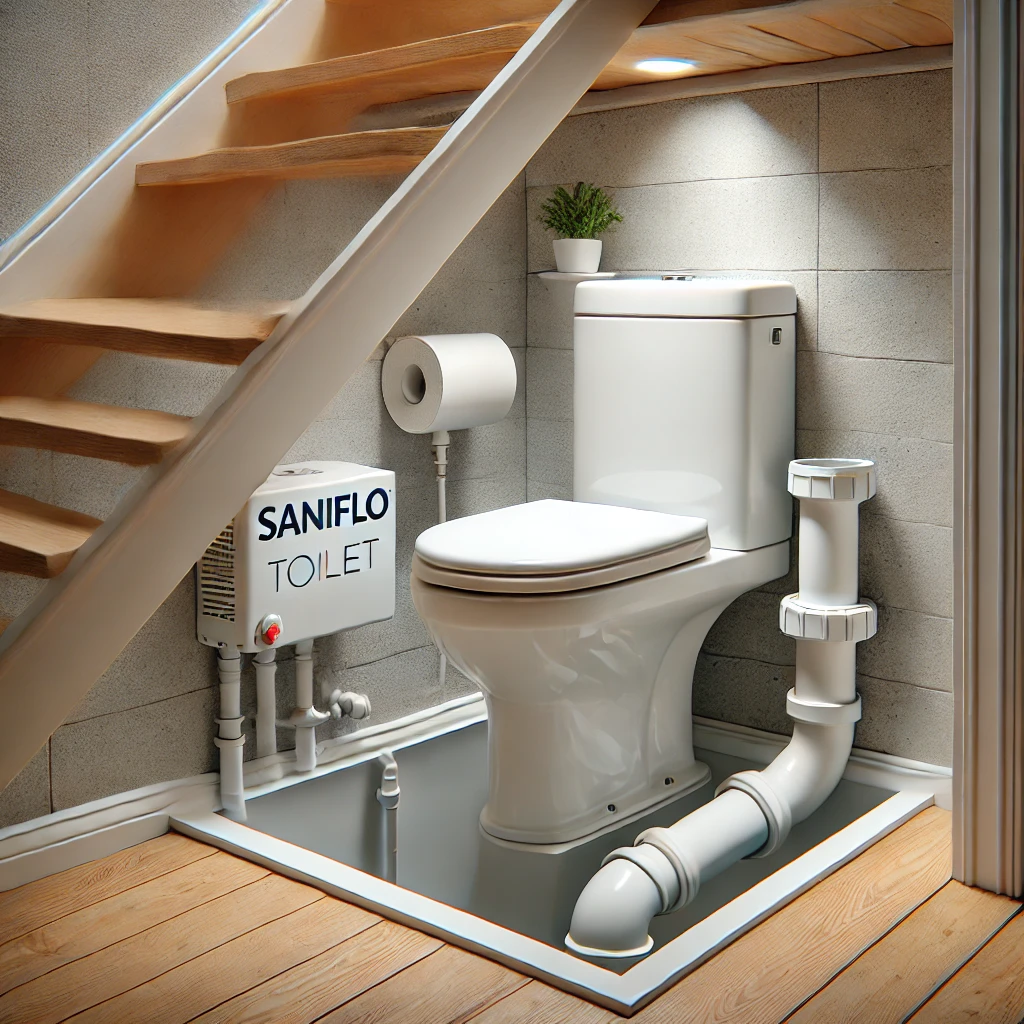Introduction
Surgical staplers have emerged as a vital tool in modern surgical procedures, offering an efficient and reliable method for closing wounds and connecting tissues. These devices have revolutionized surgical techniques, reducing operative time, improving patient outcomes, and minimizing complications. As an alternative to traditional sutures, surgical staplers provide consistent and secure closure, particularly in complex and high-risk surgeries.
History and Development of Surgical Staplers
The concept of surgical stapling dates back to the early 20th century, with the first staplers developed in Russia and later refined in Europe and the United States. Initially, these devices were bulky and less user-friendly, but advancements in material science and engineering led to the development of more refined and automated stapling devices. Today, modern surgical staplers are lightweight, ergonomic, and available in both disposable and reusable forms, catering to a wide range of surgical needs.
Types of Surgical Staplers
Surgical staplers can be classified based on their design and application. The main categories include:
Manual vs. Powered Staplers
Manual Staplers: Require physical force from the surgeon to deploy the staples.
Powered Staplers: Operate with battery or electrical assistance, reducing strain on the surgeon and improving precision.
Internal vs. External Staplers
Internal Staplers: Used in internal surgeries, such as gastrointestinal, thoracic, and vascular procedures.
External Staplers: Used for closing skin incisions and wounds on the body’s surface.
Linear vs. Circular Staplers
Linear Staplers: Used to create straight-line closures, often in intestinal and lung surgeries.
Circular Staplers: Used in anastomosis procedures to connect tubular structures, such as the esophagus and intestines.
Endoscopic vs. Open Surgery Staplers
Endoscopic Staplers: Designed for minimally invasive surgeries, allowing surgeons to perform precise stapling through small incisions.
Open Surgery Staplers: Used in traditional surgical procedures requiring direct access to the surgical site.
Advantages of Surgical Staplers
Surgical staplers offer numerous advantages over conventional suturing techniques, including:
Speed and Efficiency: Staplers can close wounds much faster than hand-sewn sutures, reducing operating time.
Consistency and Accuracy: Provides uniform and secure closure, minimizing human error.
Reduced Infection Risk: Many modern staplers are designed for single use, lowering the risk of surgical site infections.
Minimized Tissue Trauma: Staples cause less tissue damage compared to sutures, leading to faster healing and reduced scarring.
Enhanced Patient Outcomes: Decreased operative time and reduced complications contribute to better overall recovery.
Applications of Surgical Staplers
Surgical staplers are widely used across various medical disciplines, including:
General Surgery: For closing incisions in abdominal procedures.
Gastrointestinal Surgery: In bowel resections, anastomosis, and bariatric surgeries.
Thoracic Surgery: For lung resections and other chest surgeries.
Gynecological Surgery: In hysterectomies and other reproductive organ procedures.
Cardiovascular Surgery: For vessel anastomosis and valve repair.
Orthopedic Surgery: In certain bone fixation procedures.
Potential Risks and Complications
Despite their numerous benefits, surgical staplers are not without risks. Some potential complications include:
Staple Line Leakage: In gastrointestinal surgeries, anastomotic leakage can lead to severe infections.
Misfiring or Malfunction: Mechanical failures can cause incomplete wound closure or tissue damage.
Tissue Necrosis: Improper staple placement can lead to tissue ischemia and necrosis.
Postoperative Infections: If sterility is compromised, infections can arise at the surgical site.
Allergic Reactions: Some patients may react to the metal used in staples.
Regulatory and Safety Considerations
Regulatory agencies such as the U.S. Food and Drug Administration (FDA) closely monitor the manufacturing and performance of surgical staplers. Over the years, there have been recalls and warnings issued due to malfunctions and adverse events. Healthcare professionals are encouraged to receive proper training and follow standardized protocols to minimize complications.
Future Trends in Surgical Stapling Technology
The future of surgical staplers lies in continued innovation and technology integration. Some promising developments include:
Smart Staplers: Featuring sensors and real-time feedback to ensure precise staple placement.
Bioabsorbable Staples: Made from materials that dissolve over time, eliminating the need for staple removal.
Robotic-Assisted Stapling: Integrated with robotic surgery systems for enhanced accuracy and minimally invasive procedures.









